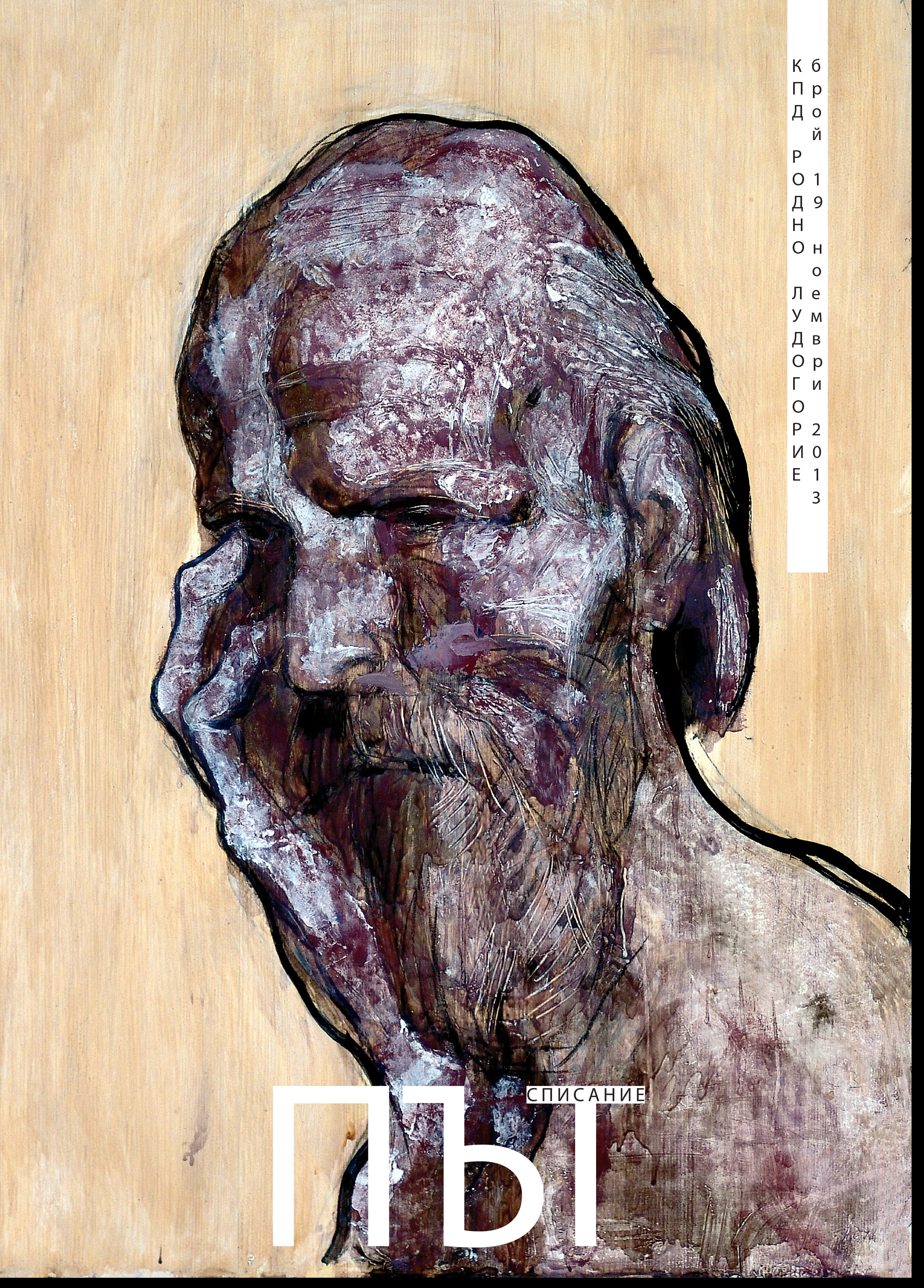
Историческа пропаганда в средновековна България
Article about how Medieval Bulgarian rulers used History for political uses.
More...We kindly inform you that, as long as the subject affiliation of our 300.000+ articles is in progress, you might get unsufficient or no results on your third level or second level search. In this case, please broaden your search criteria.

Article about how Medieval Bulgarian rulers used History for political uses.
More...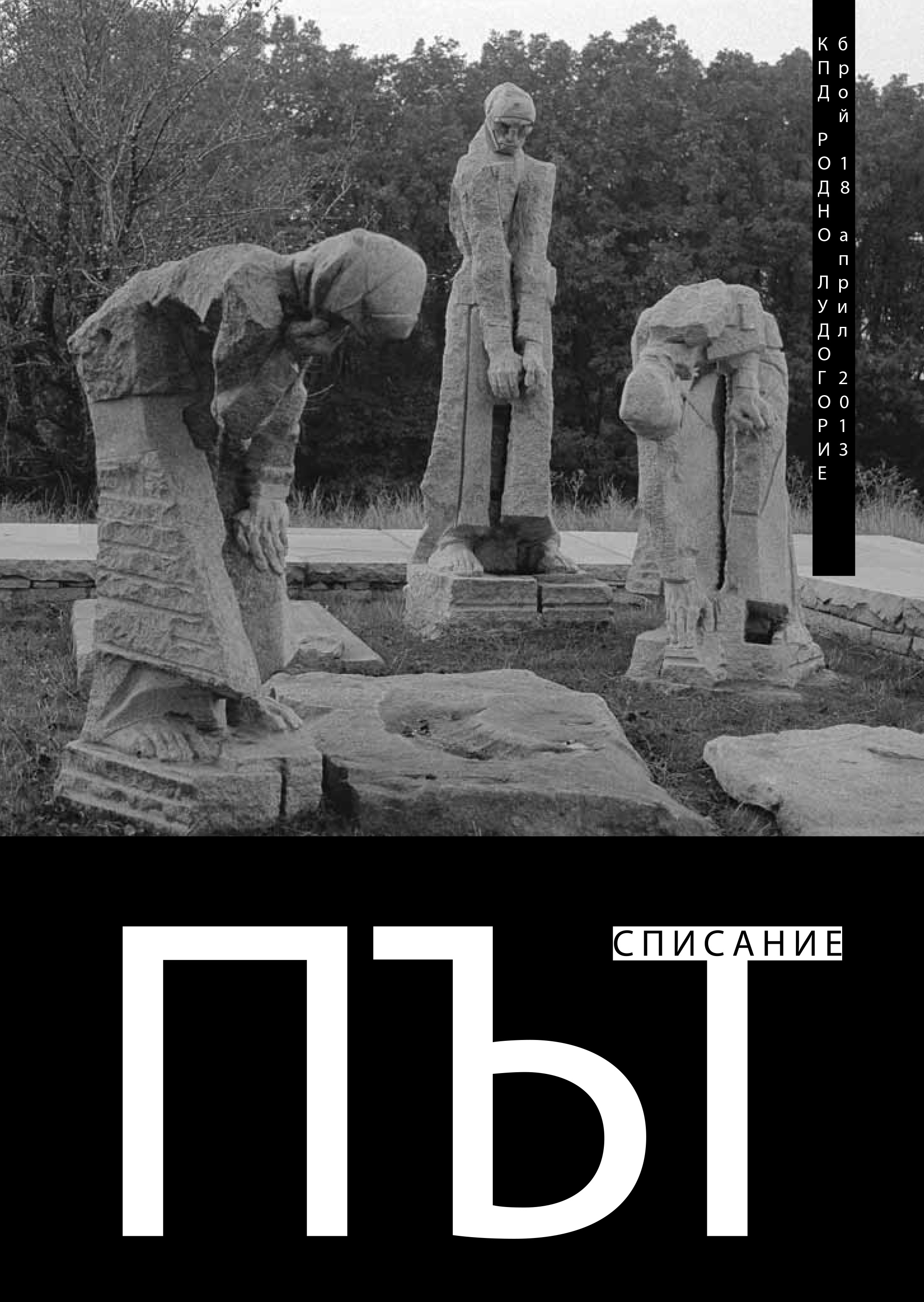
Editorial article for Saints Cyril and Methodius, recognized for their missionary in Great Moravia and much more.
More...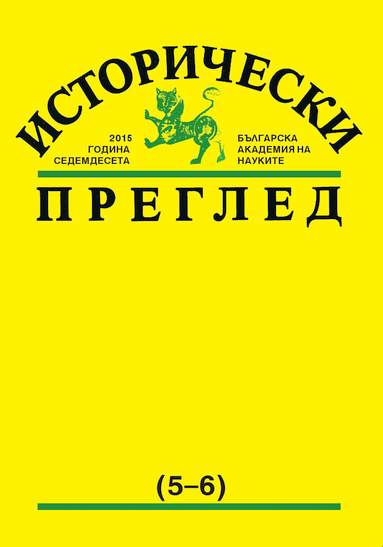
The article presents examples of monks’ clothing used in the Middle Ages in Bulgaria. It reviews its features and draws conclusions and summaries related to its individual elements and colours being used. The rules that were set in monks’ clothing did not limit their individual world on the account of community. Their attire, even if homotypic, differed in certain details. Its general appearance depended on various factors such as the common rules, local culture, monastery prosperity, climate conditions etc.
More...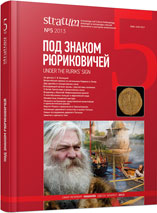
The article is devoted to the reflection of historical and social realities of the era of Vladimir Svyatoslavich in epic folk tales and myths. The author finds parallels and correspondence of the epic biography of Vasily Buslaev to the real biography of his namesake — the Grand Prince Vladimir (baptized as Vasily) Svyatoslavich of Novgorod and Kiev.The article shows how the realities reflected in the “Tale of a Serfs’ town” do reflect the social components of the inner life of the early medieval Novgorod. The comparison between the chronicle and folk tradition allows to make an attempt of interpretation of the reasons for “the establishment of Perun cult” on the territory of Novgorod land in the late 10th century.
More...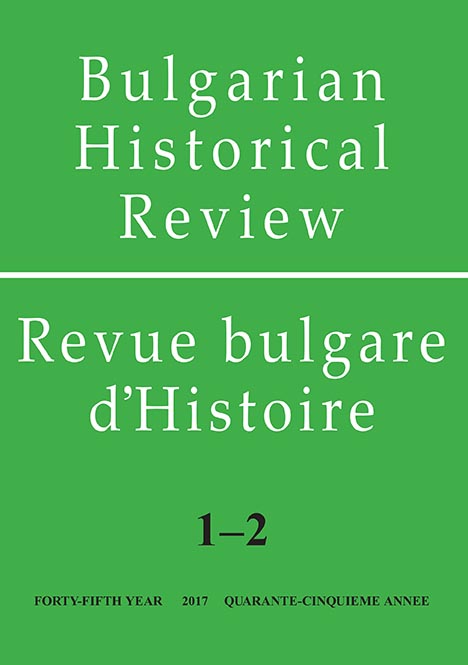
In this work based on primary sources, the author investigates the chronology of the appearance of the Bulgars and their movement around Europe. Historical facts show that the formation of the Volga Tatars as an ethnicity was in large part based on the cultural traditions of the Bulgars. In light of the information contained in the article, the Bulgars cannot be considered direct ancestors of the Chuvash people.
More...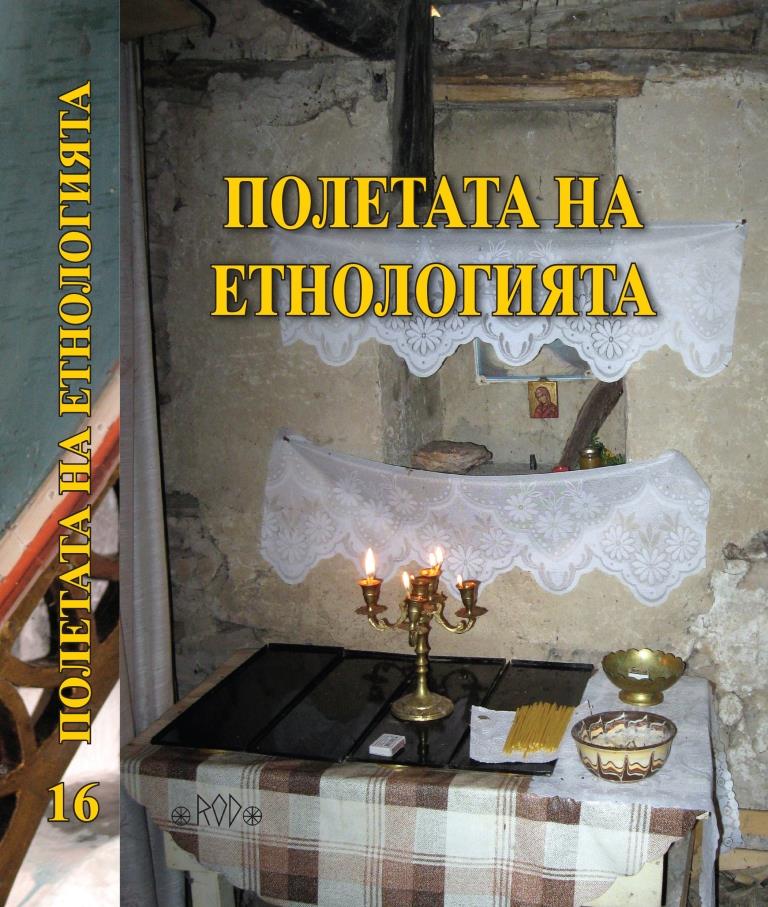
The article compares the copy from the Zograf miscellany 107 of the Encomion for archangels Michael and Gabriel with some of the closest to it witnesses. A separate group of copies is this way wihdrawn and a new critical edition is proposed.
More...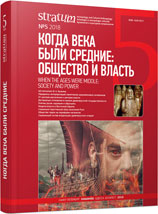
The territorial division by pogost (churchyards) is a specific feature of medieval Novgorod. It existed for more than 8 centuries. Churchyards performed the function of administrative-fiscal districts. Their centers were points where personal dues and taxes were collected. On the Izhora Plateau, there are 4 groups of churchyards. The oldest ones in group 1 date to as early as the middle of the 10th century, in the locus of settlement formed in the 1st millennium AD on the outskirts of the hill, as a rule, in the springheads of the rivers. In the 10th—11th centuries, there are new centers of development and new churchyards of group 2, marked by the appearance of burial grounds with cremations. Churchyards of the 3rd group are associated with centers of the 12th—13th centuries settlements, their appearance is caused by development of settlements and internal colonization. Churchyards of group 4 do not correspond to any archaeological sites. Perhaps, these are latest centers that emerged in the post-barrow period in the 14th—15th centuries. Churchyards on the Izhora Plateau tend to its outskirts, to the headwaters of the rivers, originating on its slopes. Negative correlation with the hillforts has been noted, which marks the difference between the churchyards on the Izhora Plateau and the neighboring Upper Luga and Plyussa regions.
More...
The article gives general characteristics of male and female Cumans’ costume on the basis of iconographic, linguistic, and archaeological data. The results of data analysis indicate that the complex of male costume consisted of tunic-like shirt, skinny pants with wide step, a coat, boots, the shaft of which was attached to the belt, and a conic hat. A distinctive feature of the male costume are the straps. Women’s costume consisted of a shirt, pants and a coat, the cut of which did not differ from men’s clothing, boots, and a sophisticated headdress, which varied depending on the age and social position of women. Costume of Cumans’ tribes was a stable complex, common to the various Cumans’ unions, and has many similarities with the traditional costume of the Turkic ethnic groups of Central Asia and the North Caucasus.
More...
This paper is dedicated to rare words and hapax legomena used in the Didactic Gospel (Homiliary) of Constantine of Preslav, a medieval Bulgarian writer and translator, one of the most important men of letters working at the Preslav Literary School at the end of the 9th and the beginning of the 10th century. The lexemes are given in the form of dictionary articles. Being “rare” is considered every word attested in up to fi ve sources apart from the Didactic Gospel (according to the lexicographical sources used as well as indices of words of published medieval sources and the research of the author of this paper). These rare words are viewed in the context of writings that are regarded as originating from the Old Bulgarian period (late 9th–11th c.) but surviving in later copies. As a result of this largescale comparison, it is established with which Old Bulgarian texts Constantine’s Homiliary shows the greatest lexical proximity.
More...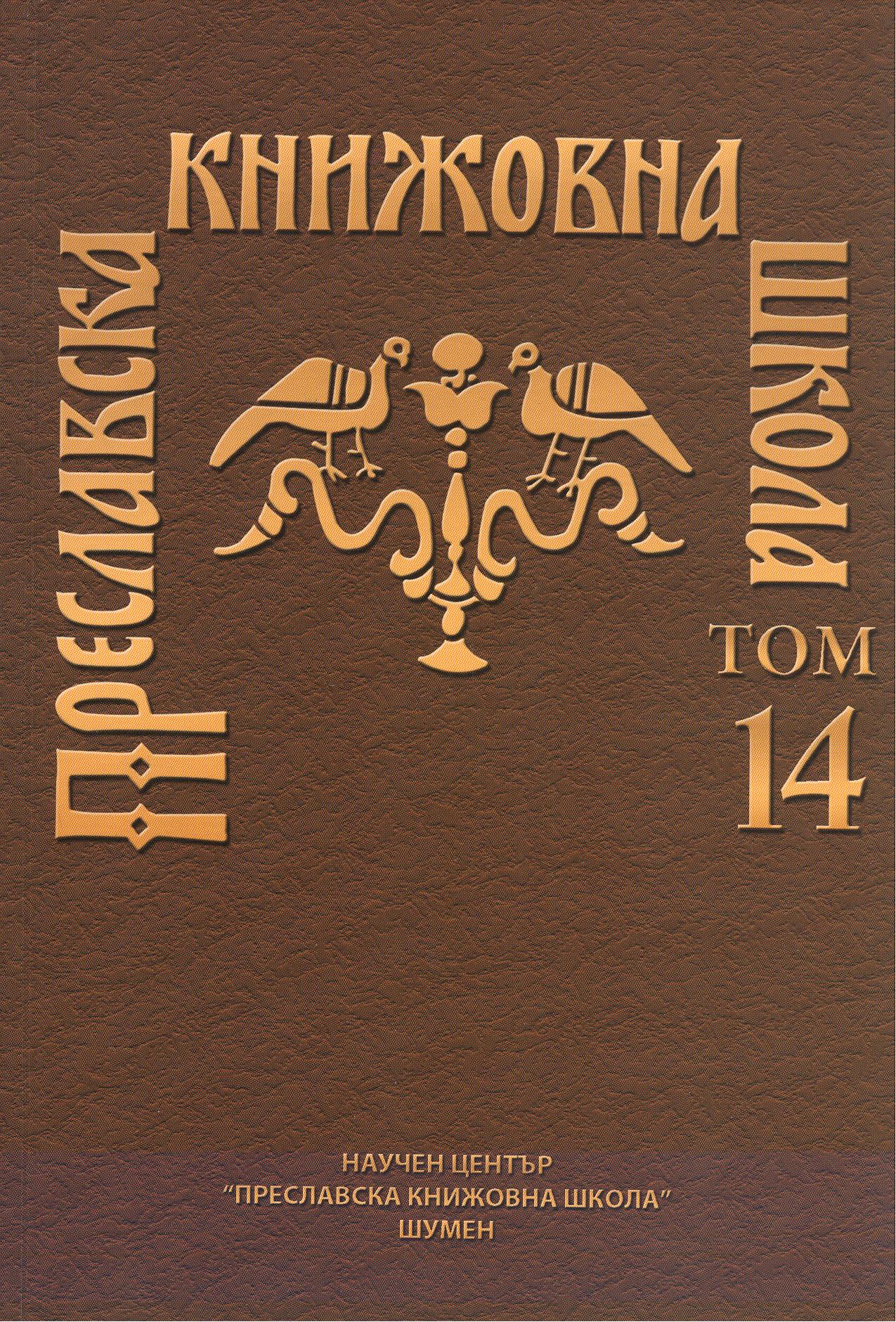
The results from Bulgarian Slavic studies articles, papers and monographs, published between 1913 and 2013, are presented in chronological order and allow for three conclusions: 1. The information provided by the translator in the epilogue to Life of St. Anthony the Great in Hlud. 195 from the 14th century on “archbishop Joan” adding “who was Patriarch of the Bulgarian land” is true and dates back to the 10th century; 2. The information provided in an earlier version of the epilogue by the same translator, known from five copies from the 16th -17thcenturies, on “Joan, archbishop of the Bulgarian land” dates back to the period between 907 and 913 AD; 3.”Archbishop Joan” in both versions of the epilogue to the translation of Life of St. Anthony the Great refers to Joan Ekzarh (Joan Exarch), who was archbishop of Bulgaria after 907 AD, and who was enthroned as the first Bulgarian Patriarch on 31st July 913 AD in St. Virgin Mary church in Veliki Preslav.
More...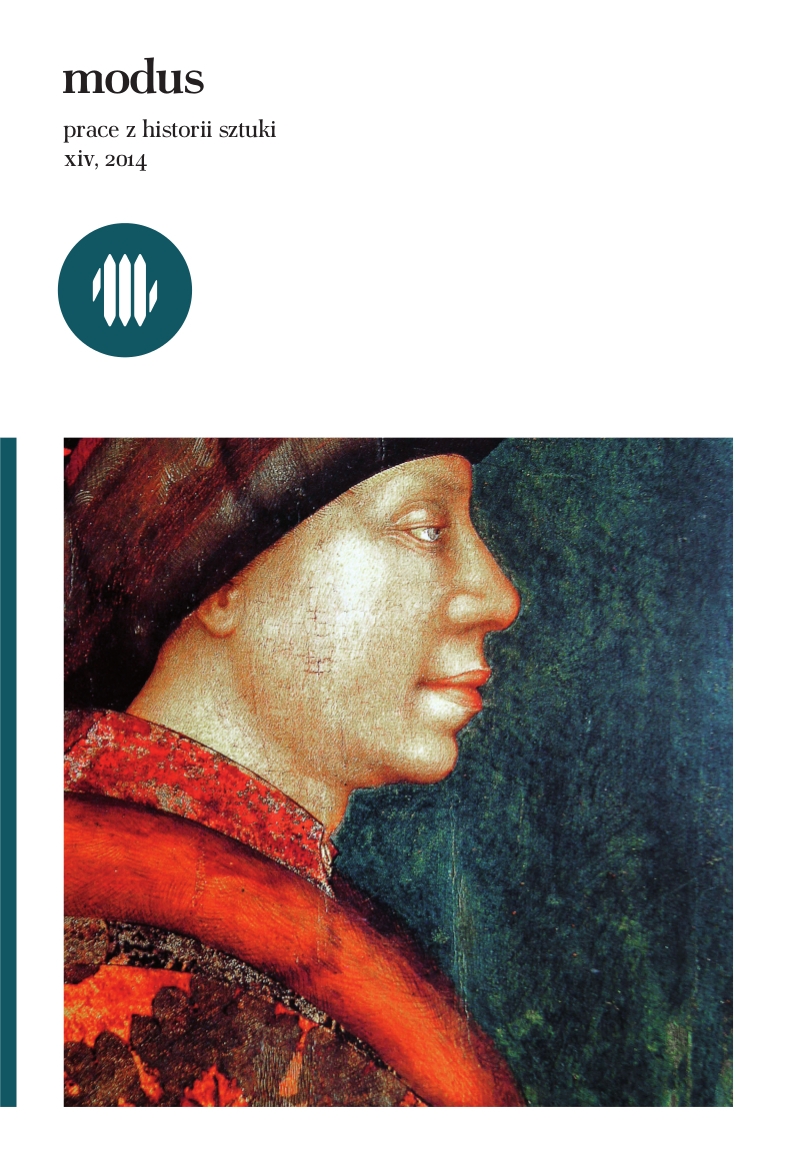
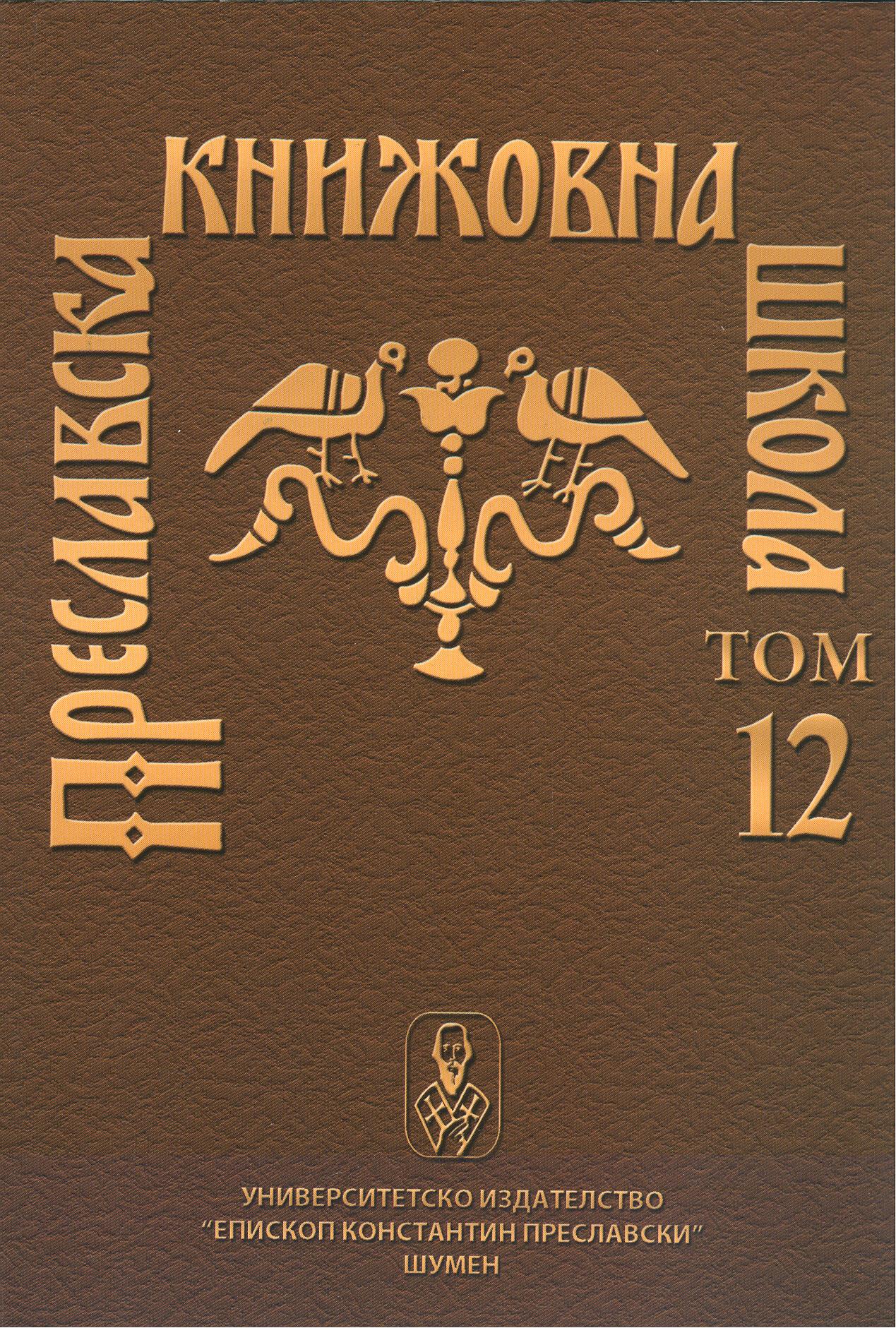
In this report four newly discovered notated chants for the church service in honour of Saint Naum on 23 December are presented. Written in the 19th century they show how the cult of this notable Saint is renewed during the period of Bulgarian National Revival.
More...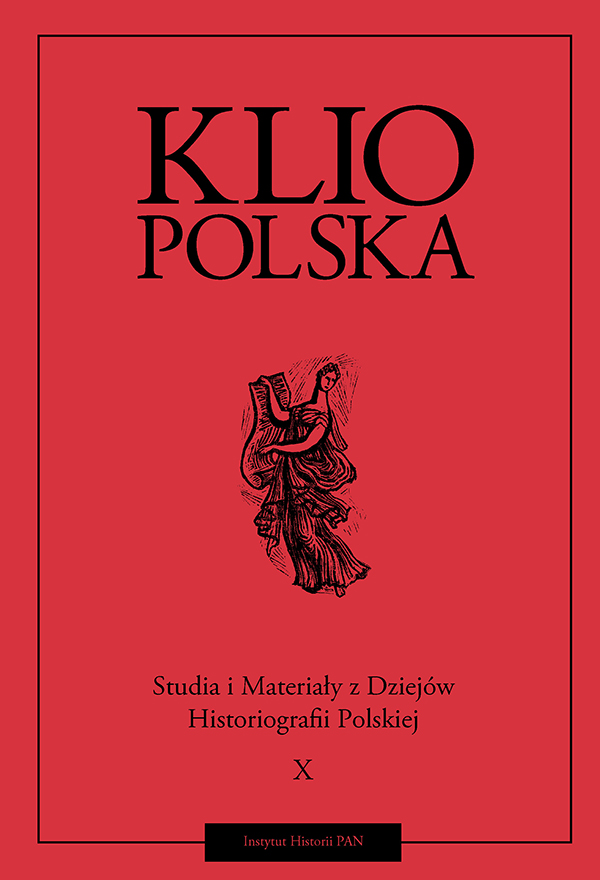
The article analyses the consequences of the fact – unappreciated in the literature on the subject – of large time intervals between the originals of chronicles and their copies known to us and a similar time distance between the beginnings of the statehood and Christianisation of Bohemia, Poland, and Rus’, and the first local written chronicles.
More...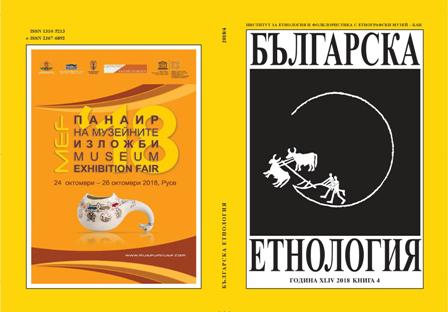
The present article examines the reports on food in the Balkans made by pilgrims on their way to or back from the Holy Land. The research is focused on reports of pilgrims originating from Western Europe as well as the Russian territories from the period between the 11th and 15th century. Among those pilgrims are the Englishman William Wеy, the Germans Arnold von Harff, Felix Fabri, Johannes Schiltberger, Bernhard von Breydenbach, Ludolph von Suchem, the Burgundian Bertrandon de la Broquière, the two Spaniards Pero Tafur and Ruy Gonzales de Clavijo, the Italians Pietro Casola, Bernardo Michelozzi, the Irishman Symon Semeonis, the Russians Danilo, Antonius of Novgorod, Zosim and others. The article traces out their routes through the Balkans and the food possibilities that they discovered in Dalmatia, Constantinople, Peloponnese or the interior of the Peninsula. It gives answers to the following questions: what preparations did the pilgrims make before their journey to the Holy Land; which food they preferred and was most likely to satisfy their needs – the meal in taverns, monasteries, on the ship, on the ruler’s table or the self-prepared food; was there any difference between their food in different parts of the Balkans; which were their favourite meals; were there any differences between the food preferences of the Western European and the Russian pilgrims. Some travellers compiled dictionaries to facilitate their communication with the local people and to assure easier procurement of food and shelter. The article analyses the words in different languages referring to food included in the dictionaries; this gives an idea about the differences between the tastes of the Balkan population – Slavs, Greeks, Albanians, Turks.
More...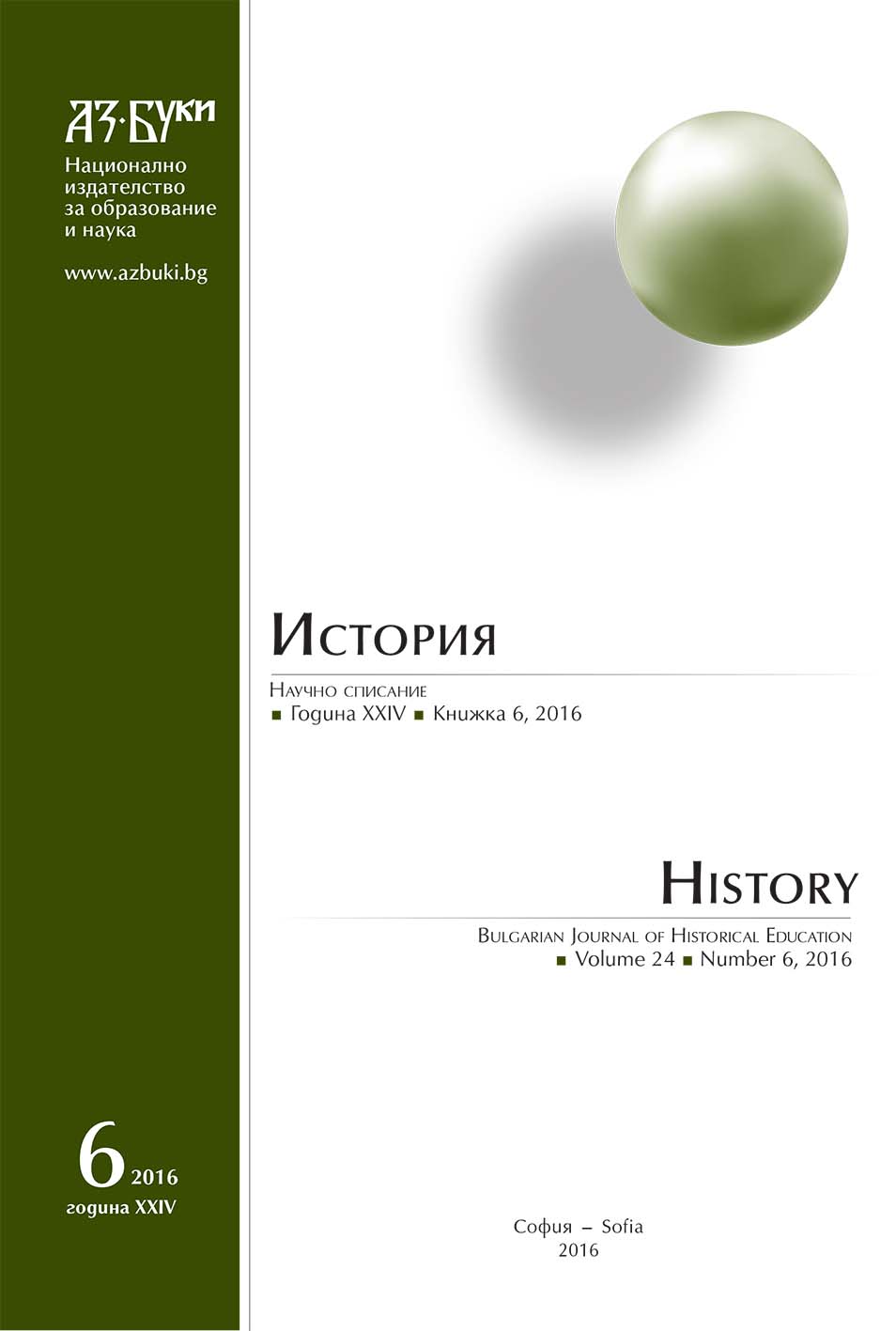
In the medieval urban life of southern Italy the Church was at the core of the city‘s make-up: it dictated the community‘s accepted belief system; it sculpted the streets and squares with its buildings and dominated the skyline with its cathedral (Duomo); its wealth percolated through the urban economy; its officials provided guidance, both spiritual and political, and through its ceremonies it offered a framework in which the urban community could socially commune. The city and the Church in medieval southern Italy very much merged into, and were reliant on, each other, no doubt much to the chagrin of some of the more radical Church reformers of the day.
More...
The article sets out the reasons why Mieszko I is the first ruler of the Piast dynasty, and not one of his legendary ancestors listed in the Chronicle of Gall Anonim. The oldest sources informing about the initial actions of Mieszko I, Vidukind story of the tragic death of Vihman, three fragments from the chronicle of Tetmar and passages, concerning Mieszko, from “Book of Roads and Kingdoms” by Al-Bekri, are analyzed.
More...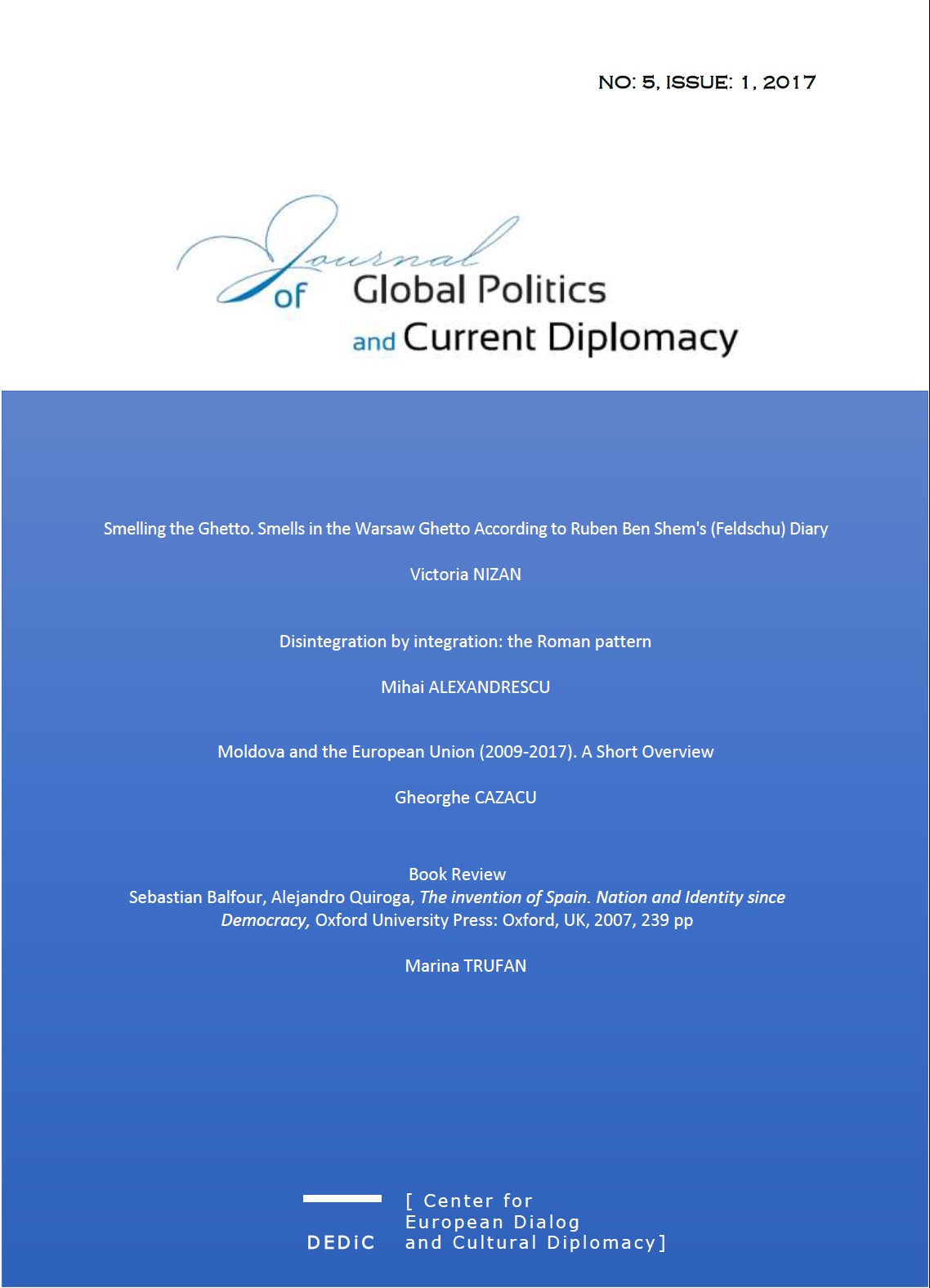
In a period when the European integration process seems to be threaten by external factors, my thoughts go back in the Ancient age when the integrity of the Roman Empire seemed to be dissolve also by external forces. Then there were two main enemies: Barbarians invasion and attacks of others actors. Institutional and social establishments were threatened along with commercial networks.
More...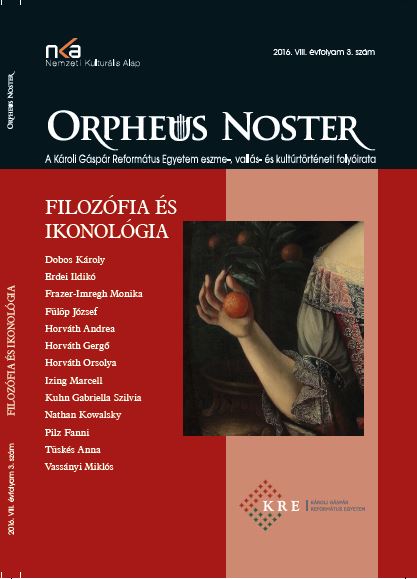
This paper intends to offer a sort of status quaestionis concerning St Maximus the Confessor’s life story. In a first instance, the biographical sources are enumerated under two headings: 1. Greek and Latin sources; 2. Syriac monophysite sources. The first group includes Maximus’ correspondence, the Diputatio cum Pyrrho, the Relatio motionis, the Disputatio Bizyae, the Hypomnesticon, the Vita Maximi and several minor epistles. Among the Syriac sources, generally hostile towards the Confessor, we find George of Resh’aino’s invective, Michael the Syriac, the Chronicon anonymi, and Bar Hebraeus’ chronicle. For each source text, a description and an analysis is offered with especial respect to the main moot question of the Confessor’s biography, namely, to whether he was of Constantinopolitan or of Palestinian birth. The conclusion is that all considered, the second option seems more likely in the mirror of the most recent research.
More...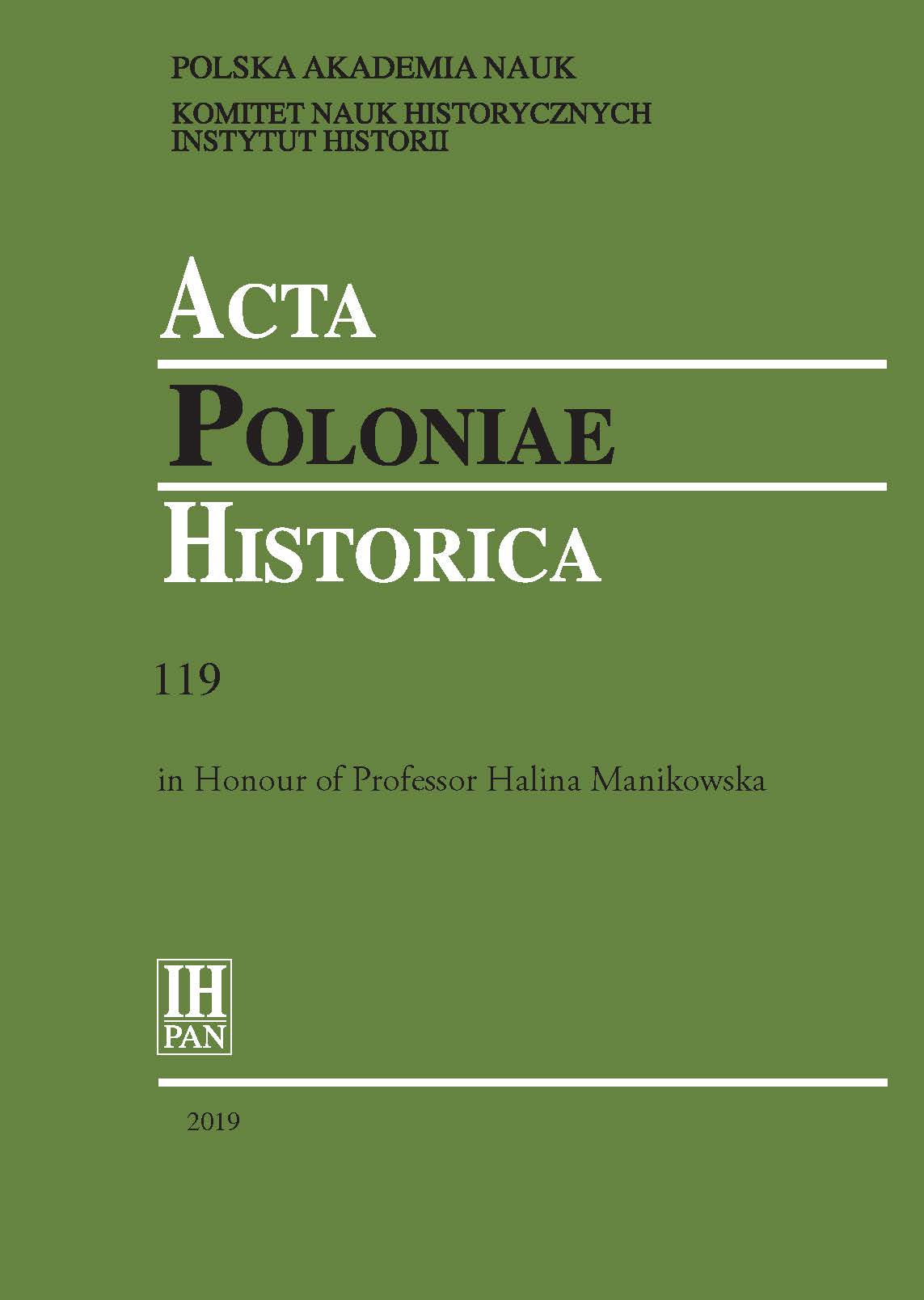
This article explores the ways episcopal milieus on the north-eastern peripheries of Europe created and renewed their identities and symbols of episcopal authority by domesticating their immigrant saints during the high Middle Ages. By comparing the examples of holy bishops arriving to Poland and Sweden (St Adalbert, St Sigfrid, St Henry), it studies the episcopal mythopoesis, that is, the creation of foundational myths and mythologies as well as their adaptation to specific local needs and changing historical circumstances. The article further probes to what extent these mythopoetic efforts were original or imitative in comparison to the Western European episcopal centres and other peripheries. How similarly or differently did the bishops in the “old” and “young” Europe respond to the question: What beginnings do we need today? And what role did the appropriation, commodification, and domestication of holy bishops’ images and body parts play in building the institutional identities of bishoprics?
More...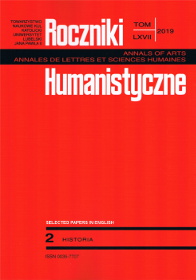
The Polish version of the article was published in Roczniki Humanistyczne 58 (2010), issue 2. The idea of the justice of the authority in the general meaning remains a central topic in Polish political theory. This has resulted in the frequent tackling of this problem, but it has not been reflected in the complexity of the theory. It is even difficult to talk about a theory in the case of the considerations analyzed. They were mostly very superficial mentions of the monarch’s justice, permeated with old-Polish legalism, a legalism reduced to the rule: the king is obliged to observe legal norms and to give priority to the good of those ruled over his own interests. This model determined the deliberations about justice. Most theoreticians could not see the possibility of strengthening the king’s influence on dispensing justice in the country, although there were exceptions to this view and not only among monarchists. Owing to this model in Polish political thought, after the fall of the First Republic of Poland it was easier to accept the idea of justice dispensed by broad bodies representing the community. The model was not even overturned by the instrumental transfer of the idea of natural justice to Poland. It was also not overturned by the doubts expressed by Wybicki about the possibilities of linking justice to the subjects’ happiness and political freedom.
More...